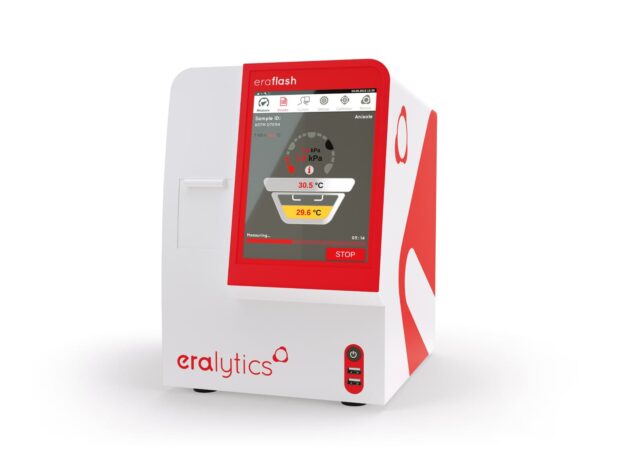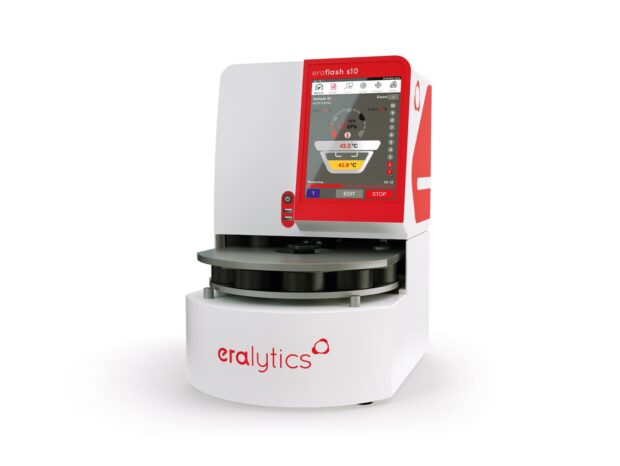Standard Test Methods for Flash Point by Small Scale Closed Cup Tester.
Get more information about the standard at ASTM D3828-16a(2021).
ASTM D3828 outlines two procedures for determining the flash point of volatile petroleum products using a small-scale closed cup tester. Flash point is a critical safety property that indicates the lowest temperature at which a substance produces enough vapor to ignite when exposed to an ignition source. By adhering to ASTM D3828, manufacturers and regulators can ensure the safe handling of volatile materials, maintain product quality, and mitigate risks associated with flammable substances in various industries.
ASTM D7094 offers a modern flash point method with small sample volume which can be used in place of all other flash point methods. ASTM D7094 is the most modern flash point method with the highest precision, safety and measurement speed.
Details
ASTM D3828 defines two procedures for conducting flash point tests:
- Procedure A: For samples with an expected flash point between -30°C and 300°C (-22°F and 572°F).
- Procedure B: For materials where the flash point is not known or expected to be outside the typical range.
Test Principle: The sample is incrementally heated while being exposed to an ignition source. The flash point is recorded as the lowest temperature at which a flash is observed.
Significance: Flash point data is critical for classifying materials into hazard categories, ensuring safe handling, transportation, and storage. It also serves as a quality control parameter to monitor product consistency.
Industries and Applications
ASTM D3828 is applied in a wide range of industries:
- Petroleum and fuels: Flash point testing is essential for diesel, kerosene, jet fuels, and other petroleum products to ensure compliance with safety and performance specifications
- Chemicals: Used to classify solvents, coatings, and other volatile substances according to flammability regulations
- Paints and coatings: Ensures that solvent-based paints meet safety requirements during production and storage
- Pharmaceuticals: Flash point testing helps in the classification and safe handling of volatile compounds in laboratories and production facilities
- Transportation and logistics: Critical for identifying hazardous materials and ensuring compliance with shipping regulations such as the International Maritime Dangerous Goods (IMDG) Code

